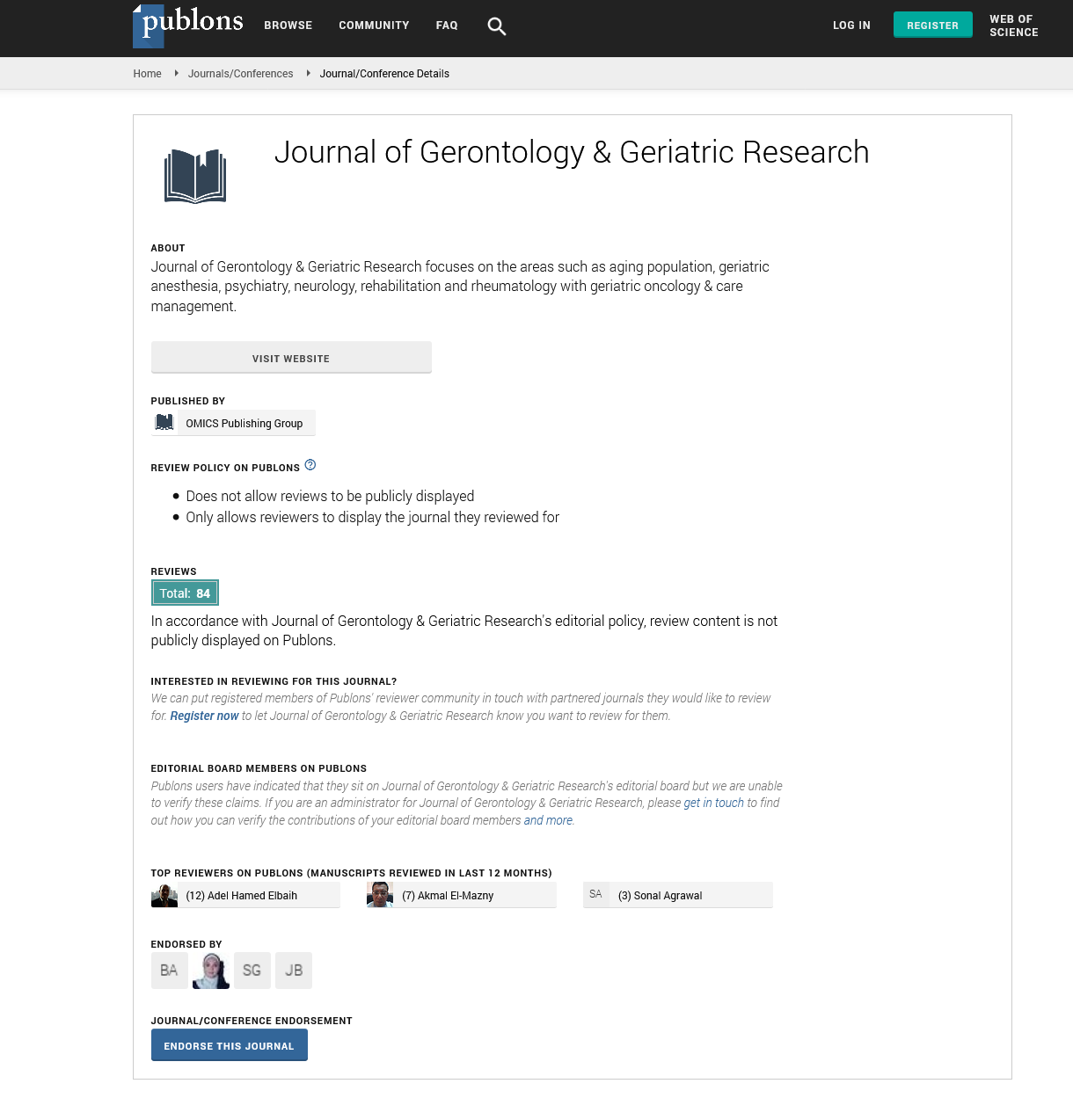Indexed In
- Open J Gate
- Genamics JournalSeek
- SafetyLit
- RefSeek
- Hamdard University
- EBSCO A-Z
- OCLC- WorldCat
- Publons
- Geneva Foundation for Medical Education and Research
- Euro Pub
- Google Scholar
Useful Links
Share This Page
Journal Flyer

Open Access Journals
- Agri and Aquaculture
- Biochemistry
- Bioinformatics & Systems Biology
- Business & Management
- Chemistry
- Clinical Sciences
- Engineering
- Food & Nutrition
- General Science
- Genetics & Molecular Biology
- Immunology & Microbiology
- Medical Sciences
- Neuroscience & Psychology
- Nursing & Health Care
- Pharmaceutical Sciences
Abstract
A Model for Implementing a Vitamin D3 Regimen in a Skilled Nursing Facility
Michael Gloth F, Jennifer Coates, Kim Adams and Elizabeth Hidlebaugh
Purpose: To describe a process for implementing widespread Vitamin D3 supplementation in a skilled nursing home setting that didn’t require laboratory assessment and was acceptable in a state regulatory environment.
Methods: After a discussion with state officials, a chart review of all long-term care residents in a nursing home (The Chateau at Moorings Park) was conducted to identify risk factors noted in a review of medical literature for vitamin D deficiency. Data were also collected on whether or not the patient had been given a Vitamin D deficiency diagnosis, treated with Vitamin D and what dosage, and if there were 25-OH Vitamin D serum level evaluations.
Results: Seventy resident charts were reviewed. Thirty-two men and 38 women comprised the cohort evaluated. Hours of sunlight per day (60%), menopause (54%), and muscle weakness (69%) were found to be the most common risk factors present in this population and every patient met at least one risk factor. Also, four patients had a Vitamin D deficiency diagnosis and twenty patients were taking Vitamin D.
Conclusion: A screening process without facility-wide laboratory testing for Vitamin D status was acceptable to state regulators. All nursing home patients in this cohort were at risk for Vitamin D deficiency even though they may have had access to the sunshine outdoors. A process for facility-wide Vitamin D supplementation was successfully developed that was acceptable to state officials without requiring laboratory assessment of vitamin D status from every resident. Even so, the process was inconvenient and time-consuming. If these findings are replicated in other facilities, it may be reasonable recognize a sufficiently high risk of vitamin D deficiency in nursing homes and accept facility-wide vitamin D supplementation. Our report supports such a practice while not compromising the principles of individualized medical care in the nursing home environment.

